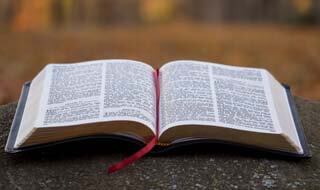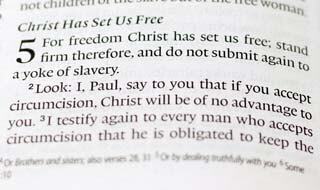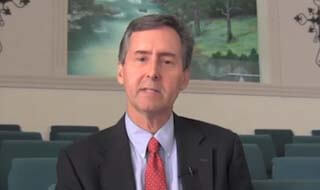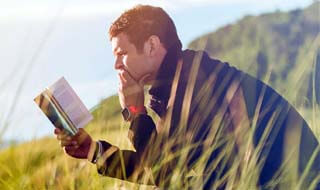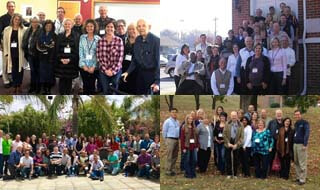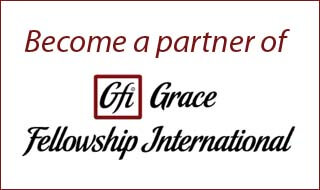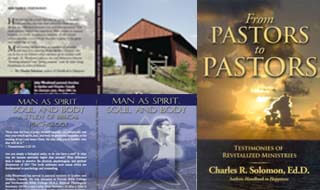[This article summarizes 12 categories of false expectations that cause marital conflict. Part 2 addresses biblical wisdom and the need to renew our minds with truth. We need to say “farewell” to these marriage myths. Reject these fallacies!]
I. … ASSUMPTION MYTHS: The “Cupid” Fallacy
Cupid’s arrows will not sustain marriage. These myths of romantic love as the foundation for establishing and maintaining a satisfying marriage must die so we can discover the depths of mature love carved out over the years, through good times and bad.
II. … EXPECTANCY MYTHS: The “Wheel of Fortune” Fallacy
The course of marriage is not determined by a spin of the wheel. These myths seeking simplistic bases for predicting the future of marriage must die so we can leam to use broader wisdom in choosing a mate, and to apply bolder effort in proving that choice to be the best.
III. … ROLE MYTHS: The “Back to the Future” Fallacy
Past patterns ought not become Procrustean beds for future marriage. These myths attempting to carve out our marriage roles based on replaying roles, rules and reactions to relationships from the past must die so we can get on with creating our own one-of-a-kind experience.
IV. … WORK MYTHS: The “Autopilot” Fallacy
Effortless travel in marriage is rare and generally indicates neglect. These myths assuming that marriage is a self-directing process that we simply set in motion by our original choices, must die so we can get on with the work that is the common core of every successful marriage.
V. … RESPONSIBILITY MYTHS: The “Eros” Fallacy
Feel-good, looking-out-for-number-one “love” is immature and will not sustain a marriage. These myths depicting marriage as a contract based on self-centered love must die so that we can grow together toward a more mature covenant love that puts the other first.
VI. … ENDURANCE MYTHS: The “Testing the Waters” Fallacy
Those who dip their toe in the water prior to marriage are likely do so after marriage, as well. These myths characterizing marriage as a revocable, tentative commitment must die so we can invest ourselves in durable relationships that know nothing of retreat.
VII … ACCEPTANCE MYTHS: The “Transformational” Fallacy
In pursuing what could be, we overlook the value of what is. These myths promoting the creation of the potential, perfect marriage must die so we can get on with accepting and affirming our actual relationship,
VIII … CONFLICT MYTHS: The “Ostrich” Fallacy
Conflict is still waiting for us when we get our heads out of the sand. These myths suggesting glib strategies for dismissing conflict must die so we can authentically express differences, facing problems with compassionate directness.
IX. … HEALING MYTHS: The “Roller Coaster” Fallacy
Quick fixes are also short-lived. These myths stirring up artificial highs or despairing lows with attempted remedies must die so we can learn lessons of forgiveness and healing so crucial to stable living in an imperfect world.
X. … IDENTITY MYTHS: The “No Boundaries” Fallacy
Elimination of differences is not a mark of healthy marriage. These myths encouraging a radical oneness whereby marriage (that is, my partner) will meet all my needs, must die so we can each be whole adults, responsible for ourselves: 1+1=2.
XI. … INTIMACY MYTHS: The “House of Mirrors” Fallacy
Many false images of intimacy pervade our culture. These myths distorting various facets of the experience of marital unity must die so we can bring into focus a clear and accurate image of the marriage miracle: 1+1=1.
XII. … FAITH MYTHS: The “Self Control” Fallacy
We are not designed to “go it alone.” These myths misunderstanding the human capacity to create successful marriage apart from God, must die so we can enjoy relating according to His plan, by His power; a cord of three strands.
Part 1 of 2
From Cary Lantz. Shifting Sands and Foundation Stones: 101 Marriage Myths and the Wisdom of the Wedded. Bloomington, IN: Author House, 1999, pp. 181-184. Used with permission. Dr. Lantz is a professor of Christian Counseling at Baptist Bible Graduate School in Clarks Summit, PA. www.bbc.edu. This book is available in print here: www.authorhouse.com/BookStore/ItemDetail.aspx?bookid=2682


